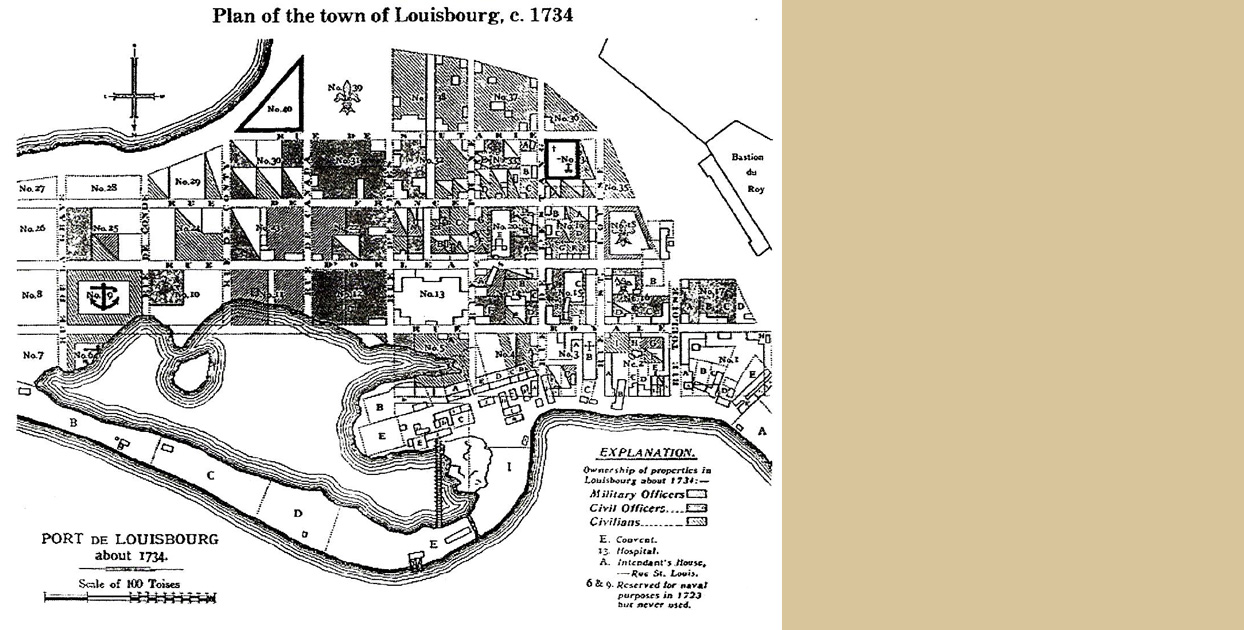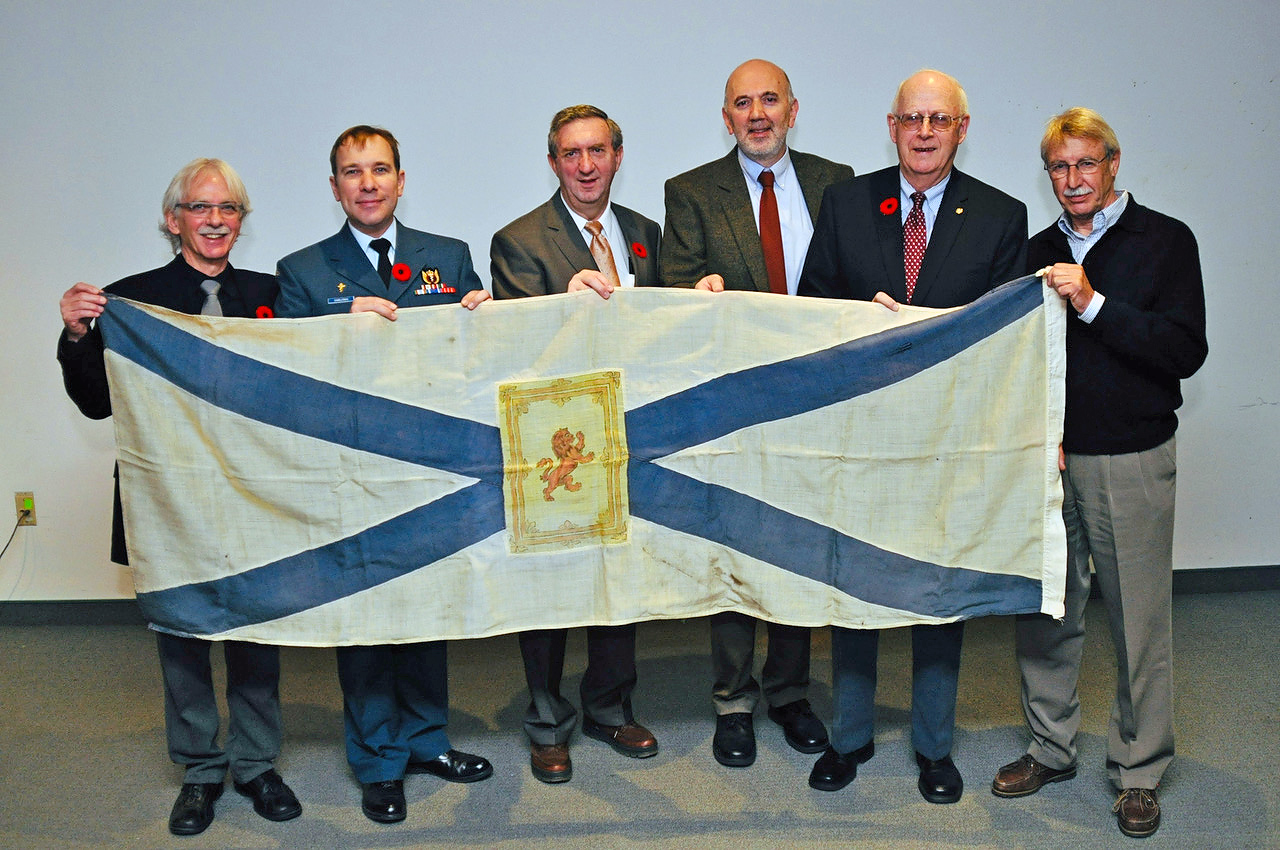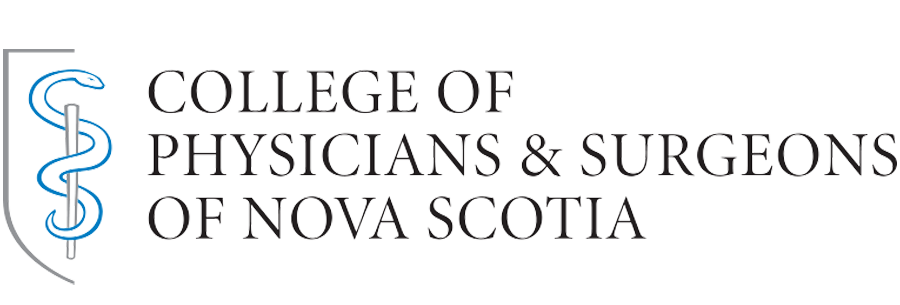By Dr. Allan Marble
It’s somewhat surprising chat from 1716-1758 the largest hospital in North America was located in Nova Scotia or, more correctly, the territory presently called Nova Scotia. One would have thought chat Boston, New York, or Philadelphia would have had a hospital much larger than any such structure in Nova Scotia. But the English, unlike the French, didn't consider it necessary to establish hospitals in its colonies.
The French established the 104-bed King's Hospital at Louisbourg in 1716 by inviting the Hospitaler Brothers of Sc. John of God to construct and administer it in almost the very centre of the town. A 1731 sketch by Etienne Verrier, the chief engineer in charge of the fortress construction, depicts che hospital as the second largest building in the town. A 1734 circa plan of the Town of Louisbourg shows the hospital building - 265 feet long and 88 feet wide - occupied a complete town block. It was complete with an apothecary shop, chapel, kitchen, bakery, brewhouse, laundry, morgue, two wards, and a number of private rooms.
The Brothers of the Order of Sc. John of God were the surgeons in the hospital and the Sisters of the Order of Notre Dame carried out the nursing function. Records in the Paris Archives indicate the members of these two orders were very strict as to who they would admit into the hospital. For instance, the French military wasn't allowed co bring any sick or wounded prisoners to the hospital and no person considered to be a lunatic or known to have venereal disease would be admitted. Local surgeons in the Town of Louisbourg or in the surrounding area could send patients to the hospital but hereafter couldn't visit or treat them. Once admitted to the hospital, a person was a patient of the Brothers of the Hospitalier Order.
On June 8, 1758, during the last siege of Louisbourg; a cannon ball fell on the hospital causing considerable destruction to the building and killing the chief surgeon. After 1760, scone from the building is said to have been transported to Halifax for the construction of public buildings in that new town.






